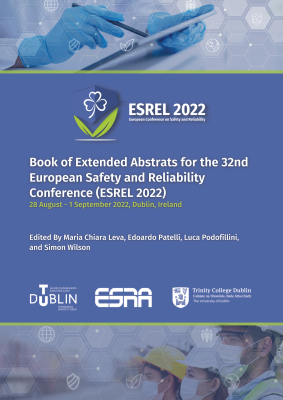Discussing Issues in Uncertainty Quantification. The Case of Geohazard Assessments
Keywords:
Uncertainty quantification, Geohazard assessments, Parameters, Prediction credibility, Input quantities, AssumptionsSynopsis
By making explicit the modeling choices and assumptions made, we analyze some issues in quantifying uncertainty using geohazard models. Under the often condition of very limited data, a major problem is constraining the many parameters involved. We conclude that, despite the availability of recently developed sophistications, the quantification based on these ideal parameterized models can hardly be justified since, e.g., they will only reflect some aspects of the uncertainty involved. This calls for more insightful approaches which are yet to be developed.
This abstract is part of: Book of Extended Abstracts for the 32nd European Safety and Reliability Conference". Edited by Maria Chiara Leva, Edoardo Patelli, Luca Podofillini, and Simon Wilson. ESREL2022 Organizers. Published by Research Publishing, Singapore. https://www.esrel2022.com/
References
Albert, C.G., U., Callies, and U. von Toussaint (2022). A Bayesian approach to the estimation of parameters and their interdependencies in environmental modeling. Entropy 24(2), 231-262.
https://doi.org/10.3390/e24020231
Betz, W. (2017). Bayesian inference of engineering models. Technische Universitat Munchen.
Lu, P., and P.F. Lermusiaux (2021). Bayesian leaming of stochastic dynamical models. Physica D: Nonlinear Phenomena 427, 133003.


